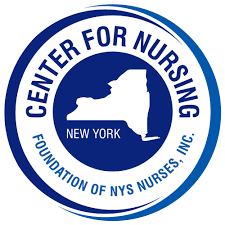Emergency Management came to the forefront of our country with the assault on the World Trade Center on September 11, 2001. Since then, there has been a heightened awareness of bioterrorism, natural disasters, and terrorists. Emergency departments, as sites of first response are vulnerable to emergencies and the potential need for effective disaster preparedness and response. Readiness to perform emergency health care in an austere environment such as a disaster may depend on the preparation of the individual emergency nurses. The purpose study will be to investigate self-perceived readiness and preparedness of emergency nurses who are members of the New York State Emergency Nurses’ Association (ENA). The research was conducted in 2 phases. Phase 1 consisted of examining the reliability and validity of the Readiness Evaluation and Deployment Index-Civilian (READI-Civilian) survey instrument using a pilot study. In Phase 2, a letter was mailed to the members of the ENA in New York State inviting them to participate in a voluntary web-based survey. The means and standard deviations were calculated via responses from a 5-point Likert scale used in the READI-Civilian survey to answer the research questions. The mean score and standard deviation of each of the six dimensions of the READI-Civilian survey were calculated.
The study added to the body of knowledge about emergency nurses’ perceived readiness for a disaster or mass-casualty event. This baseline knowledge may guide educators about the educational and training needs of nurses who may be expected to respond to a disaster or mass casualty event.
Author(s):
Colleen Carmody-Payne, EdD, RN, CNS;
Ralph C. Wilson, Jr. School of Education St. John Fisher College
Primary contact person:
Colleen Carmody-Payne
Email: [email protected]
Unpublished
